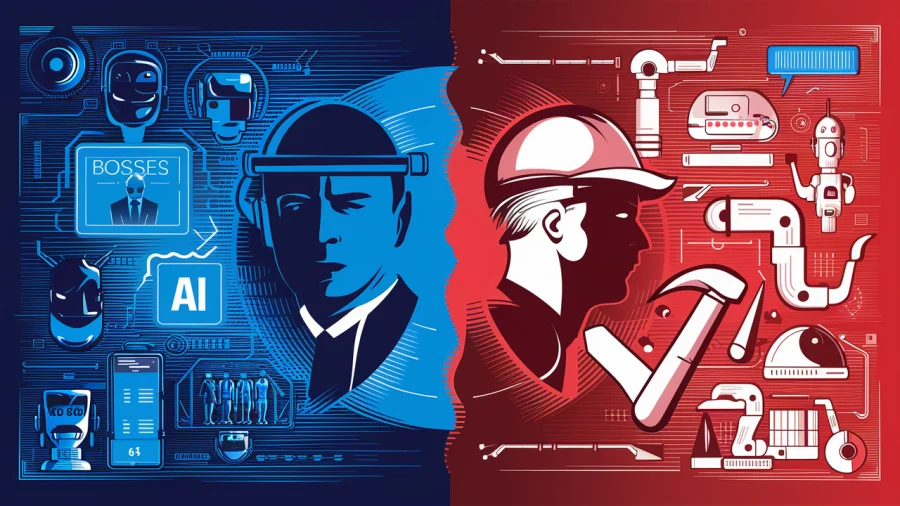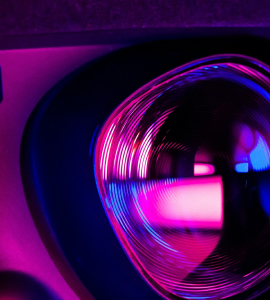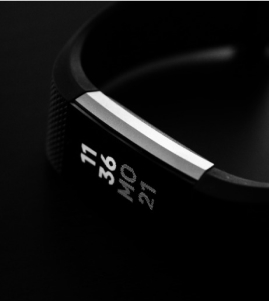For those wishing never to be lost in the crowd again, U.K. researchers are developing connected clothing that will turn its wearers into mobile sensors for smart cities.
Scientists at Southampton University are developing smart clothes that interact with the wearer’s urban environment.
See also: Are smart clothes the future of wearables?
The wearable technology could improve smart city data inputs by turning people into mobile sensor arrays reporting on traffic and air pollution conditions. As well, the wired clothing could assist in evacuating citizens during major disasters or security situations.
“Most of the sensors that are used in smart cities are fixed, on lampposts for example, and there has been some work to put them on vehicles such as buses, but we are looking to put them on people, in something they can just put on and wear,” said Steve Beeby with Southampton’s Department of Electronics and Computer Science.
“It provides a flexible, moveable input to the smart city, which isn’t possible with the existing fixed sensor network,” he said.
This mobile network of connected clothes is a boon to smart cities as it allows better distribution of sensors around the urban environment.
The confluence of smart cities and smart clothing follows reports from industry experts that the future of wearable technology will no longer be primarily wrist-borne gadgetry but in wired clothing.
Some sweet kickbacks?
The clothes could also allow its wearers to receive incentives sent from the smart city itself to visit particular geographic areas of the town in order to smooth out the density of information received.
And for those worried that this is a juicy marketing opportunity gone to waste, have no fear. These technology laden garments could also allow its wearers to receive personalized communications about shopping, health, and entertainment.
The research is built on another project the Southampton team is working on to weave microprocessors, logic circuits and microcontrollers into textile yarns. In turn, this electronic-infused yarn can be woven into clothing to create new types of connected wearables.
And with the incorporation of Micro-Electro-Mechanical Systems sensors in the clothes, further capabilities can be added to the garments such as pollution level tracking.

















